
The black-margined rat belongs to the Murinae subfamily. This species was previously considered a synonym of the black house rat (<Rattus rattus>). It was not until Musser & Caeleton (2005) that it was made an independent species. It is a relatively special species in the genus Rattus, wit...
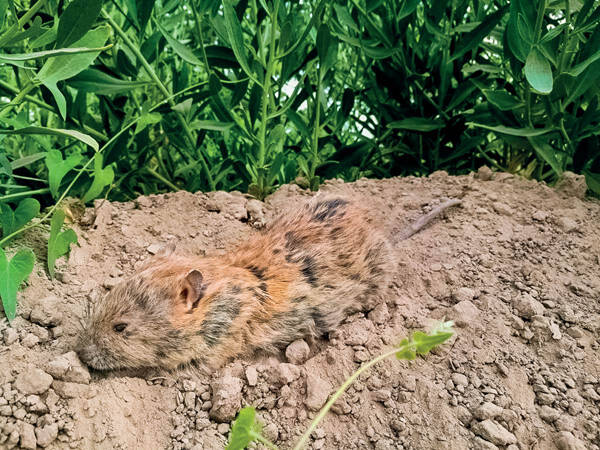
The Indian ground mouse belongs to the genus Nesokia of the subfamily Murinae. There are 2 species in the world and 1 species in China. There is not much controversy about the species status. In history, my country has named 2 species of ground mice, which were later proved to be synonyms of the Ind...
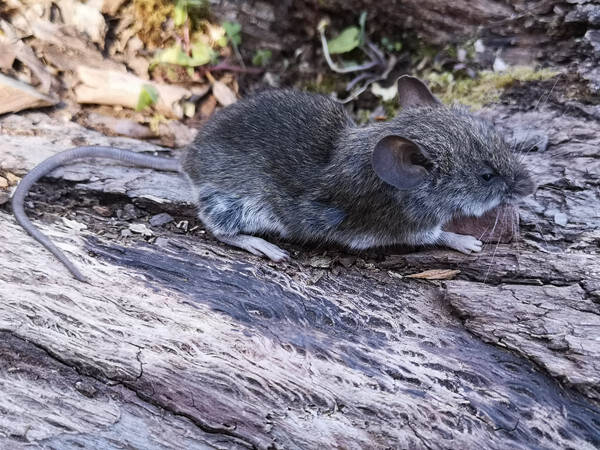
The taxonomic status of Sikkim mice is stable and there is little controversy. There are many subspecies, few studies on subspecies, and the status of several subspecies is unclear.Sikkim mice (scientific name: Mus pahari) are animals of the genus Mus in the family Muridae. In mainland China, they a...
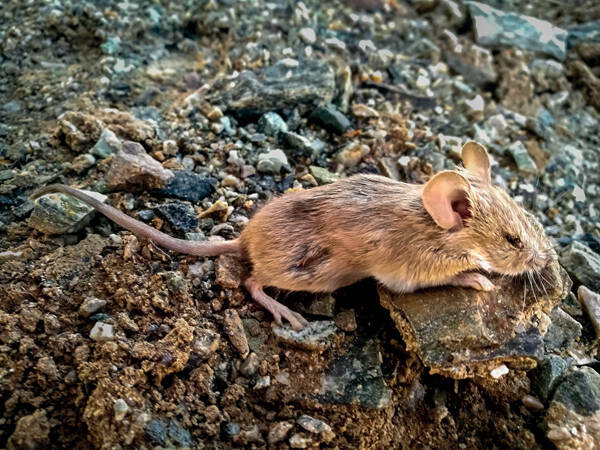
The house mouse belongs to the Murinae subfamily. The species originated in India and arrived at the Mediterranean coast at the end of the Pleistocene. The time of its entry into my country is unknown. The species is considered to be an unintentional introduction. In Xinjiang, Tibet, Qinghai, and th...
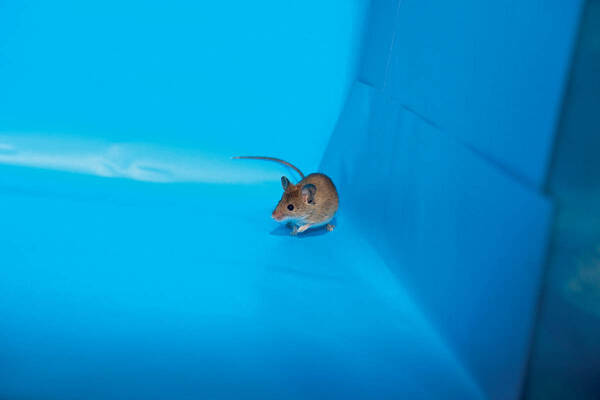
Castelloni's mouse belongs to the Murinae subfamily. The origin of the model is the Ryukyu Islands of Japan, so it is also called the Ryukyu House Mouse. my country is also the natural distribution area of this mouse. Unlike the house mouse, it is an alien species. Castelloni's mouse is an i...

The needle-haired mouse belongs to the Murinae subfamily. The species-level classification status is stable. The distribution altitude span is narrower than that of the communal mouse, generally not exceeding 1000m, and the vegetation type of the habitat is relatively simple, mainly distributed in b...
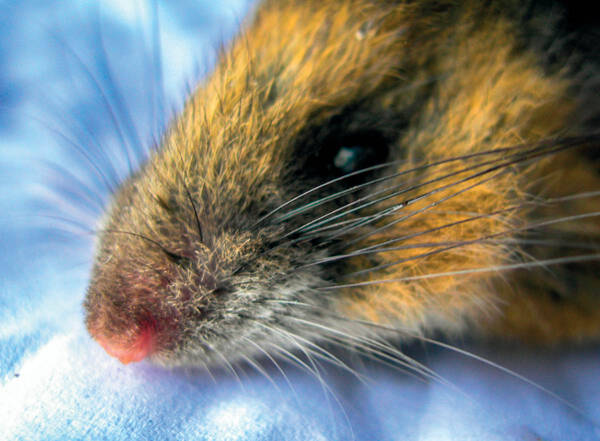
Gray-bellied rat belongs to the Murinae subfamily. The classification status is stable and undisputed. However, the differentiation of subspecies needs further study. It is a forest animal of medium and high altitudes, and the population is large in suitable habitats.Main uses and values: ornamental...
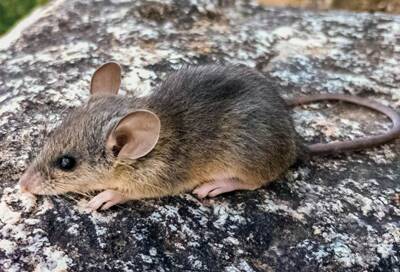
The Sichuan White-bellied Rat belongs to the Murinae subfamily. Previously, the Sichuan White-bellied Rat was considered a synonym of the Northern Rat. After the 1980s, its independent status was gradually accepted. The Sichuan White-bellied Rat is a larger individual of the genus Murina. It is a me...
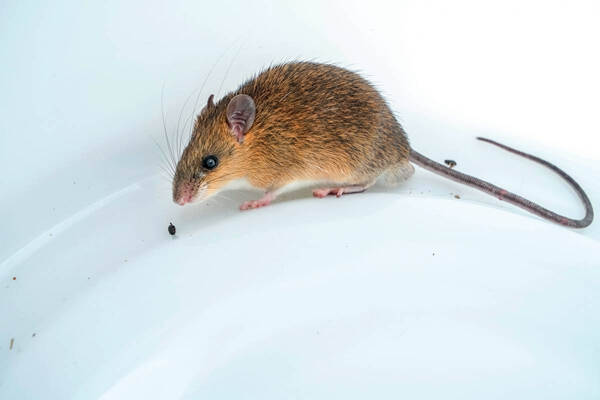
The Northern Society Rat belongs to the Murinae subfamily. The species-level classification status is stable, with many subspecies and some controversy. In appearance, it is somewhat confused with the Niviventer excelsior and Niviventer fulvescens. However, the Niviventer excelsior is larger, with a...
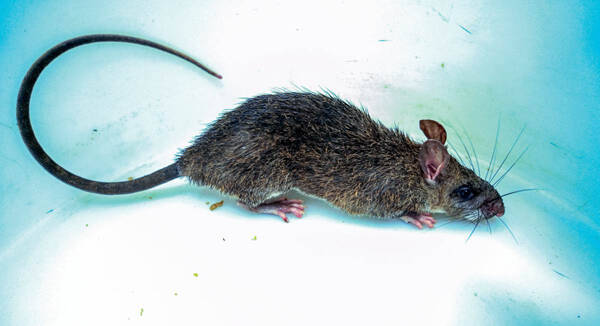
The white-bellied giant rat belongs to the Murinae subfamily and the genus Long-tailed Rat. There are 4 species in this genus worldwide, and only the white-bellied giant rat, also known as the small bubble giant rat, is found in China. It is distributed at low altitudes, generally not exceeding 1000...
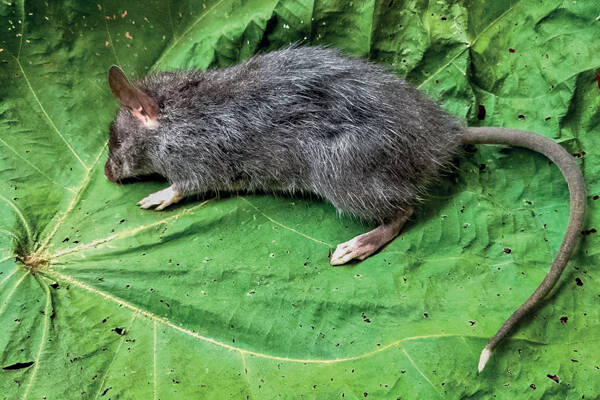
The blue-haired giant rat belongs to the subfamily Murinae. The genus Rattus was previously considered a subgenus of the genus Rattus, and was only promoted to an independent genus by Musser & Newcomb in 1983. The taxonomic status of this species is undisputed. Although this species is widely di...

The laminae belongs to the Murinae subfamily and is one of the largest species in the Murinae subfamily. The type origin is India. There are 3 species in this genus worldwide, and 1 species is distributed in China. The taxonomic status of this species is stable, and there are different opinions on w...
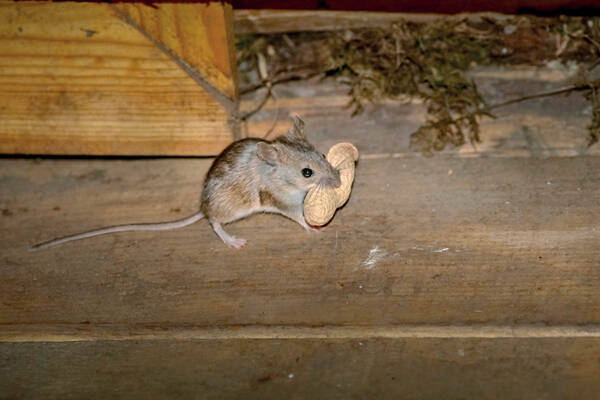
The small-eyed field mouse belongs to the Murinae subfamily. It mainly lives in relatively humid forests and forest-steppes, and enters grasslands and desert steppes along river valleys and shrubs. In northern Xinjiang, it mostly lives in broad-leaved forests dominated by poplars and willows, conife...
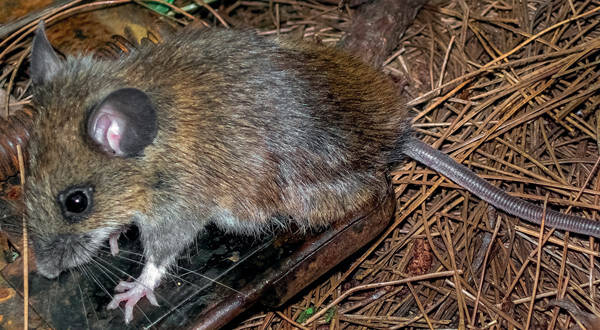
The Great Wood Mouse belongs to the Murinae subfamily, and its species-level classification status is stable, with more subspecies differentiation and greater divergence. It belongs to the group with a wider distribution, higher altitude (southern China), and northern latitude in the genus Apodemus....
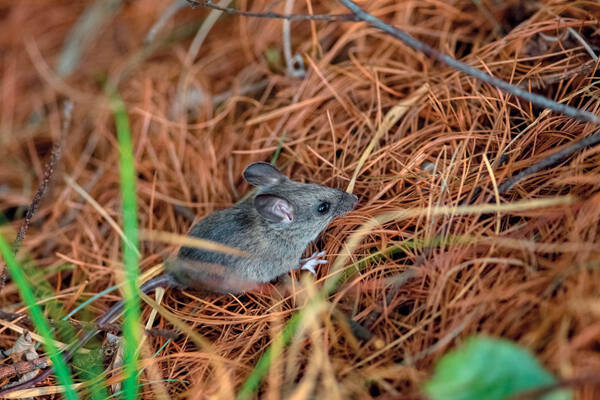
The big-eared field mouse belongs to the subfamily Murinae. This species is only distributed from the Hengduan Mountains in China to southern Tibet, slightly extending to northern Myanmar, and there is no subspecies differentiation. This species is often easily confused with the dragon field mouse (...
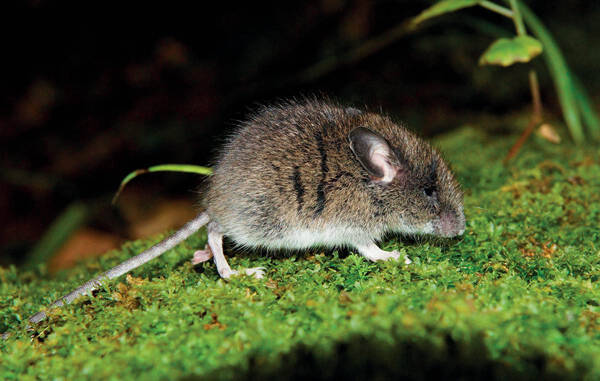
The Lancangjiang Apodemus belongs to the Murinae subfamily. The taxonomic status of this species is controversial. For a long time, it has been regarded as a subspecies of Apodemus draco, because it is very similar to Apodemus draco in morphology, with only a difference in the fur color on the back....
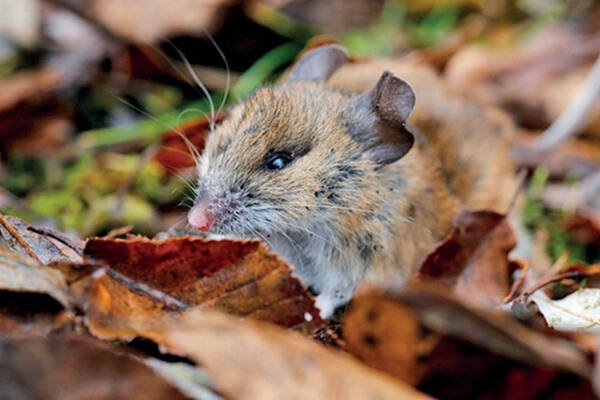
Apodemus chinensis belongs to the Murinae subfamily. Also known as Apodemus chinensis, the species status of this species is stable. There were many subspecies in the past, including the current Apodemus taiwanensis and Apodemus lancangjiangensis. After the independence of Apodemus taiwanensis and A...

The Alpine Apodemus belongs to the Murinae subfamily. The taxonomic status of this species is also controversial. In the past, some scientists regarded it as a subspecies of the black-lined Apodemus (<Apodemus agrarius>). There are also several synonyms. The Alpine Apodemus is the largest indi...
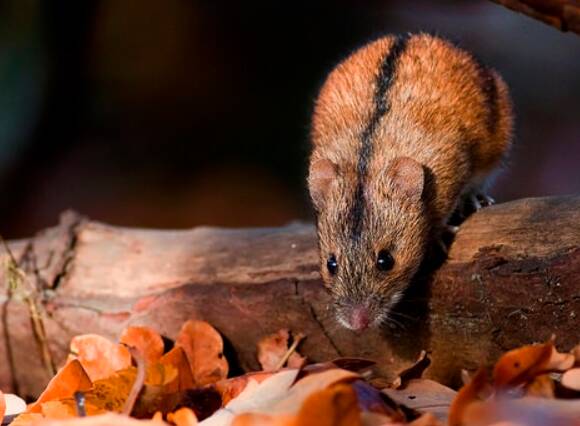
The black-striped field mouse is a small rodent with a slender and agile body. It belongs to the subfamily Murinae. There are 21 species of the genus Apodemus in the world, 9 of which are in China, and the black-striped field mouse is one of them. It is mainly distributed in farmland, shrubs and gra...
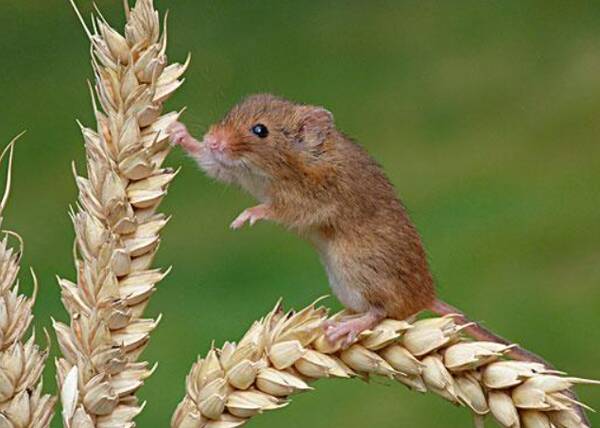
The nest mouse belongs to the Murinae subfamily. There are only two species in the world, and both are distributed in my country. The taxonomic status of the nest mouse is stable, but there are many subspecies, which is somewhat controversial. It is a common species in wheat fields, rice fields, tal...